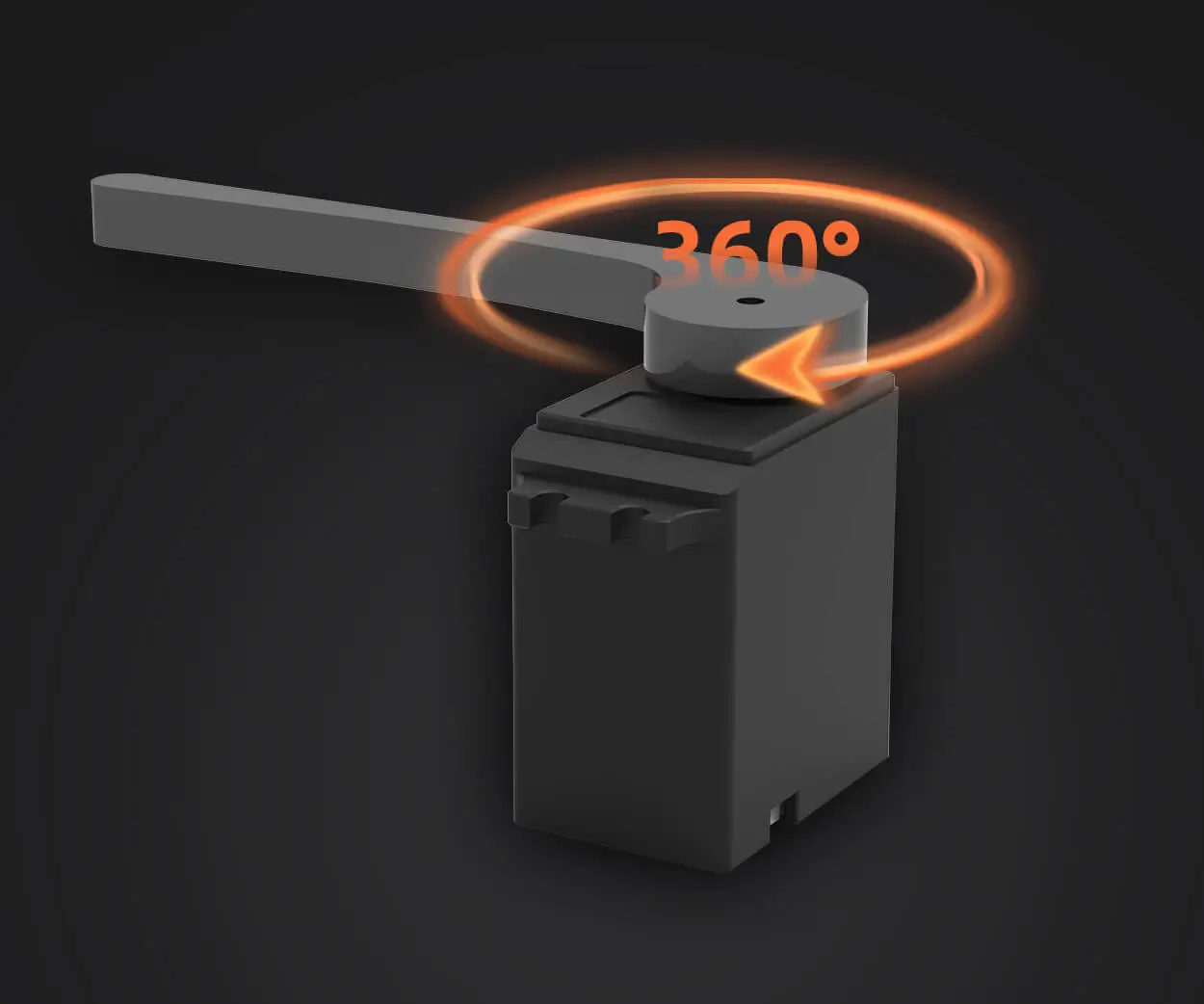Servo motors are quite the game-changer in machinery and automation. You’ve probably seen them in robotics, CNC machines, or even high-end camera equipment. They’re praised for precision, but like everything, they’ve got their quirks. Let’s dig into what makes them tick—and what might trip you up sometimes.

Starting with the good stuff: precision. The way servo motors hold position is pretty astounding. Imagine a robot arm reaching for a delicate glass—smooth, accurate, and reliable. That’s the servo magic. They’re excellent for applications that need tight control—like drone stabilization or automatic door controls. Because they use feedback mechanisms, the motor constantly checks if it’s where it should be and adjusts accordingly. That’s why you see them in scenarios demanding high accuracy.
But it’s not all sunshine and rainbows—there are the downsides. One common concern: cost. Servo systems can get pricey, especially the high-end ones crafted for complex tasks. They often need more sophisticated controllers and power supplies, pushing the overall budget higher. Plus, maintenance isn’t just a breeze; precision parts mean you need to keep them in top shape. If a sensor fails or alignment slips, performance drops, and that can become a headache.
Also, let’s talk about complexity. Having a servo motor isn’t just plug-and-play. It requires tuning, calibration, and sometimes troubleshooting. It’s like owning a fancy sports car—fun but not exactly carefree. If you’re looking for something low-maintenance or just simple to run, servo motors might be overkill. Sometimes a simpler gear motor, despite being less accurate, outperforms in durability and ease of use.
Now, here's a quick thought—have you ever wondered why some machines seem almost alive in their movement? That’s the servo’s finesse right there. They deliver quick responses, making actions smooth and predictable. It’s not just about starting and stopping; it’s about controlling the speed, direction, and position seamlessly.
A practical example: imagine robotic arms in a manufacturing line. They need to move fast yet precisely place tiny components. Servo motors handle that well. But if your application is more about basic movement, like sliding a drawer or turning a switch, relying on servo motors might not be justified. Sometimes, a simple stepper or DC motor gets the job done more efficiently.
Customer expectations are becoming more demanding. They want automation that’s both accurate and cost-effective. When considering a servo motor, weigh the operational needs against the investment. Do you need speed, accuracy, and adaptability? Or is reliability and simplicity more important? Knowing this helps decide whether they fit your project or not.
All in all, servo motors are pretty impressive tech—no doubt about it. They offer unparalleled control in many fields, turning what used to be complex into just a matter of fine-tuning. That said, they demand respect for their intricacies and expenses. For pushing the boundaries of automation, they’re hard to beat. But sometimes, the solution is simply choosing the right motor for the right task—be it a servo or something more straightforward.
Established in 2005, Kpower has been dedicated to a professional compact motion unit manufacturer, headquartered in Dongguan, Guangdong Province, China. Leveraging innovations in modular drive technology, Kpower integrates high-performance motors, precision reducers, and multi-protocol control systems to provide efficient and customized smart drive system solutions. Kpower has delivered professional drive system solutions to over 500 enterprise clients globally with products covering various fields such as Smart Home Systems, Automatic Electronics, Robotics, Precision Agriculture, Drones, and Industrial Automation.




































